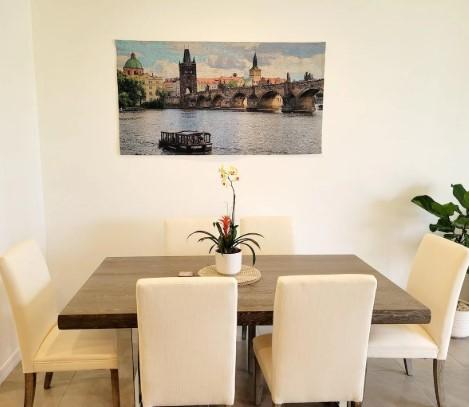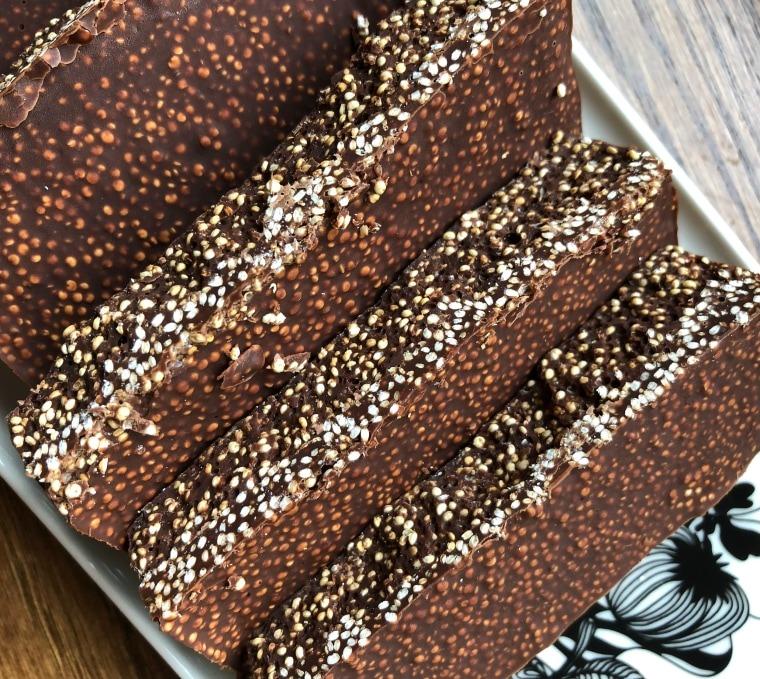How Modern Tapestry From Photo Artwork Has Evolved With Time

Tapestries have long been a staple of visual storytelling—dating back to medieval halls and Renaissance estates, where woven artworks captured myths, battles, and royal lineage. But today, the art of tapestry-making has taken a dramatically personal turn. With the advent of digital design and textile innovation, the tapestry from photo has emerged as a meaningful, customizable form of modern wall art. These pieces allow individuals to transform cherished memories into lasting fabric decor, bridging the gap between classic artistry and contemporary expression.
This shift has redefined how people engage with textile art. No longer limited to curated historic imagery, today's customisable tapestry options empower users to embed personal narratives—wedding photos, scenic travel shots, pet portraits, and more—into woven or printed fabric. It’s a development that reflects both evolving consumer tastes and the integration of technology into the world of home décor.
The Traditional Roots of Tapestry Art
Historically, tapestries were woven by skilled artisans using wool, silk, and metallic threads. These wall hangings were not only decorative but also functional—serving as insulation and storytelling tools. Each scene was carefully crafted on a loom, taking months or even years to complete. The result was often a large tapestry that served as a visual representation of power, culture, or spiritual symbolism.
While those traditional techniques still exist today in fine art and museum-grade works, the approach has evolved significantly, especially in terms of accessibility, subject matter, and method of production.
Digital Transformation of Custom Tapestries
Modern custom tapestries are made possible through advances in digital imaging, textile printing, and on-demand manufacturing. With high-resolution photo files and digital editing tools, consumers can now upload personal images and have them transformed into beautifully crafted fabric wall art.
Key changes include:
-
Digital printing techniques that preserve color accuracy and detail
-
On-demand customization platforms that eliminate mass production waste
-
Durable fabric options that range from lightweight polyester to heavy cotton blends
-
Edge finishing choices like hemming or hanging loops for easy installation
This digital shift allows for a much faster turnaround while retaining a degree of craftsmanship and visual quality that resonates with buyers seeking personal or artistic home accents.
The Rise of Personalized Tapestry Decor
The demand for a tapestry from photo stems from a broader trend in personalized interior design. Consumers today want their living spaces to reflect their identity, travels, memories, and milestones—not just aesthetic trends. As a result, the home décor market has seen a growing preference for pieces that are both emotionally resonant and visually unique.
These custom fabric artworks are used in:
-
Living rooms and bedrooms as focal points
-
Event backdrops for weddings or milestone celebrations
-
Dorms and apartments where lightweight, easy-to-hang décor is essential
-
Memorial or tribute spaces to honor loved ones or milestones
The emotional value tied to customisable tapestry products elevates them from decorative accessories to deeply meaningful keepsakes.
Scale and Impact: Why Size Matters
Another key element in the evolution of modern tapestry art is the scale. With printing technology capable of producing large-format designs, it’s now possible to create a large tapestry that spans an entire wall or acts as a room divider. Larger formats enhance visual storytelling, making the image not only more immersive but also more expressive in open spaces.
Larger tapestries are particularly favored in:
-
Minimalist interiors that use a single focal piece
-
Studio apartments where wall art doubles as spatial definition
-
Retail and business spaces wanting to showcase branding or visual themes through textile art
The ability to print in large dimensions without losing image quality has made custom tapestries a standout option in modern décor.
Eco-Conscious Production and Fabric Options
As sustainability becomes more central in design choices, many providers of custom tapestries now offer eco-conscious options. These may include:
-
Water-based inks for safer, environmentally friendly printing
-
Natural or recycled fabrics for reduced environmental impact
-
Waste-reducing production models based on made-to-order principles
This intersection of personalization and sustainability adds another layer of relevance for conscious consumers seeking both style and responsible sourcing.
Final Thoughts
The evolution of the tapestry from photo illustrates how a centuries-old art form has embraced modern technology, design trends, and personalization. No longer limited to depictions of mythology or nobility, today’s customisable tapestry transforms personal moments into tangible, woven narratives that carry emotional and visual impact.
Whether designed as a gift, a memorial, or a statement piece, these custom tapestries embody the timeless desire to preserve memories—now reimagined in fabric, scale, and meaning for the modern era.






